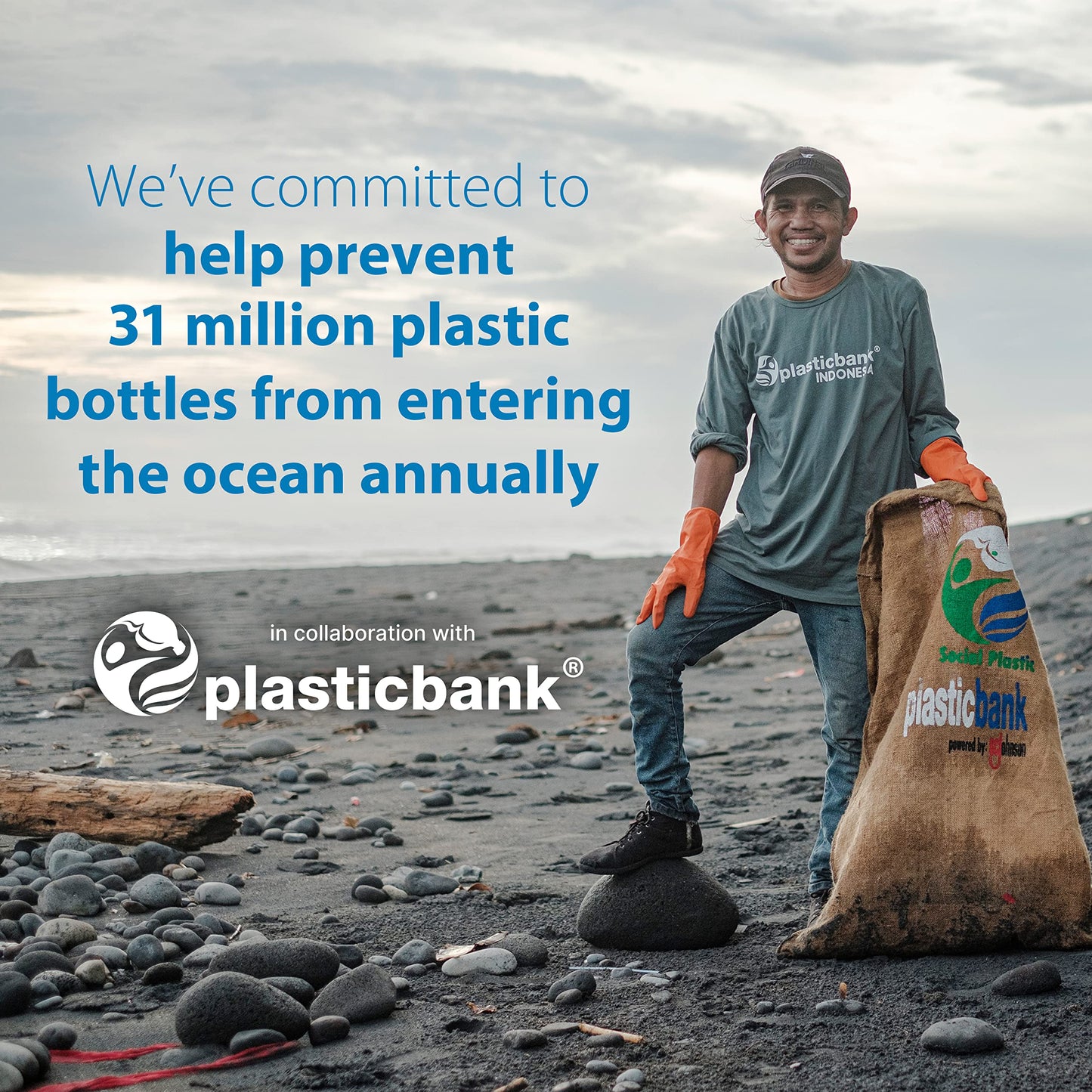You will not be allowed to compare more than 4 products at a time
View compareFrequently Asked Questions
- Q: What is the main benefit of using Dr. Brown's Anti-Colic Baby Bottle? A: Dr. Brown's Anti-Colic Baby Bottle features a unique internal vent system that is clinically proven to reduce colic, spit-up, burping, and gas, providing a more comfortable feeding experience for your baby.
- Q: Is the nipple shape of Dr. Brown's bottle designed to support breastfeeding? A: Yes, the silicone nipple has a breast-like shape that encourages a proper latch, making it easier for babies to transition between breastfeeding and bottle feeding.
- Q: Can I use this baby bottle in the dishwasher? A: Yes, Dr. Brown's Anti-Colic Baby Bottle is safe for use in the dishwasher, but it is recommended to place it on the top rack.
- Q: What materials are used in Dr. Brown's baby bottles? A: Dr. Brown's baby bottles are made from BPA-free plastic and silicone, ensuring safety for your baby.
- Q: How does the anti-colic vent system work? A: The anti-colic vent system allows air to flow into the bottle instead of the milk, reducing vacuum build-up and helping to preserve the nutrients in the milk.
- Q: Are these bottles recyclable? A: Yes, Dr. Brown's Narrow Baby Bottles are designed to be recyclable, contributing to sustainable practices.
- Q: What is included in the pack of Dr. Brown's baby bottles? A: The pack includes four 8 oz/250 mL bottles, each equipped with a Level 1 Slow Flow Nipple.
- Q: At what age can I start using Dr. Brown's baby bottles? A: Dr. Brown's Anti-Colic Baby Bottles are suitable for newborns and can be used from 0 months and up.
- Q: How do I clean Dr. Brown's baby bottles? A: You can clean Dr. Brown's baby bottles by hand with warm, soapy water or by placing them in the dishwasher on the top rack. They are also safe for sterilizers.
- Q: What is the significance of the Plastic Bank collaboration? A: Dr. Brown's collaboration with Plastic Bank aims to prevent ocean plastic pollution by reducing their plastic footprint, with a goal to prevent 31 million plastic bottles from entering the ocean annually.










